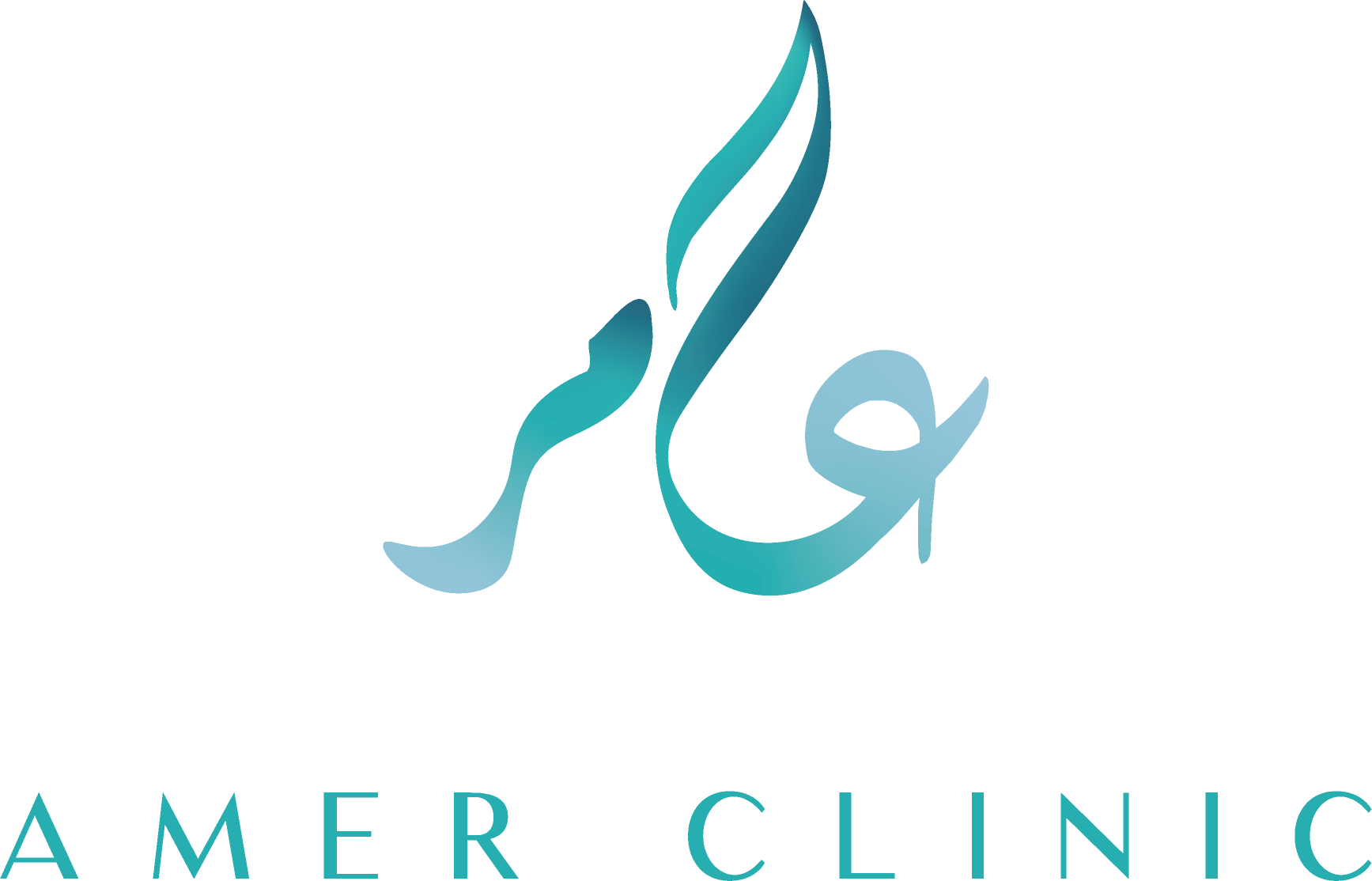Facial Paralysis Surgeries: Restoring Movement and Expression
Facial paralysis affects the muscles that control facial expressions, speech, and even eye protection. Whether caused by trauma, Bell’s palsy, tumors, or congenital conditions, the effects of facial paralysis can be both physically and emotionally challenging.
Fortunately, modern facial paralysis surgeries offer life-changing solutions. Led by experts like Dr. Tarek Amer, a Professor of Plastic and Microsurgery at Kasr El Aini Faculty of Medicine, Cairo University, these surgical techniques aim to restore symmetry, function, and confidence.
What Is Facial Paralysis Surgery?
Facial paralysis surgery, also known as facial reanimation, refers to a variety of procedures used to restore facial movement, improve appearance, and enhance quality of life. The type of surgery depends on the cause, duration, and severity of the paralysis.
Dr. Tarek Amer’s Surgical Techniques
With over two decades of experience and international training in Ireland, Taiwan, and Hong Kong, Dr. Tarek Amer offers a wide range of advanced solutions:
✔ Nerve Grafting
Transferring nerves—such as the sural nerve or great auricular nerve—to replace or bypass damaged facial nerve segments.
✔ Cross-Facial Nerve Grafting
Using a nerve from the healthy side of the face to reanimate muscles on the paralyzed side, restoring natural expression.
✔ Free Muscle Transfer
Transferring muscles like the gracilis muscle from the thigh to recreate active movement like smiling.
✔ Static Procedures
Inserting tissue slings or fascia to support drooping facial structures, improving balance even without nerve function.
✔ Selective Neurolysis
Releasing misdirected nerve branches that cause synkinesis (involuntary movements) to refine facial control.
Combined with Rehabilitation
Dr. Amer emphasizes a multidisciplinary approach, combining surgery with:
-
Physical therapy to retrain facial muscles
-
Botox therapy for facial symmetry
-
Speech therapy and psychological support when needed
Who Is a Candidate?
You may be a candidate for facial paralysis surgery if you have:
-
Long-standing or unresolved facial paralysis
-
Facial asymmetry or loss of expression
-
Involuntary movements (facial synkinesis)
-
Difficulty smiling, blinking, or speaking
Dr. Amer carefully evaluates each patient and tailors the surgical plan to match individual goals and medical needs.
Why Choose Dr. Tarek Amer?
-
Professor of Plastic and Microsurgery at Cairo University
-
International Fellowships in leading global institutions
-
Pioneer in seventh nerve surgeries and facial reanimation
-
Trusted by patients across the Middle East for precision and care
Conclusion
Facial paralysis is not the end of facial movement. With expert surgical care, patients can regain their expressions—and with them, their confidence. Whether the goal is a natural smile, better eye closure, or improved symmetry, Dr. Tarek Amer provides the skill and compassion to make recovery possible.
If you or a loved one suffers from facial paralysis, book a consultation today and explore your surgical options with one of the region’s most respected facial nerve specialists.
